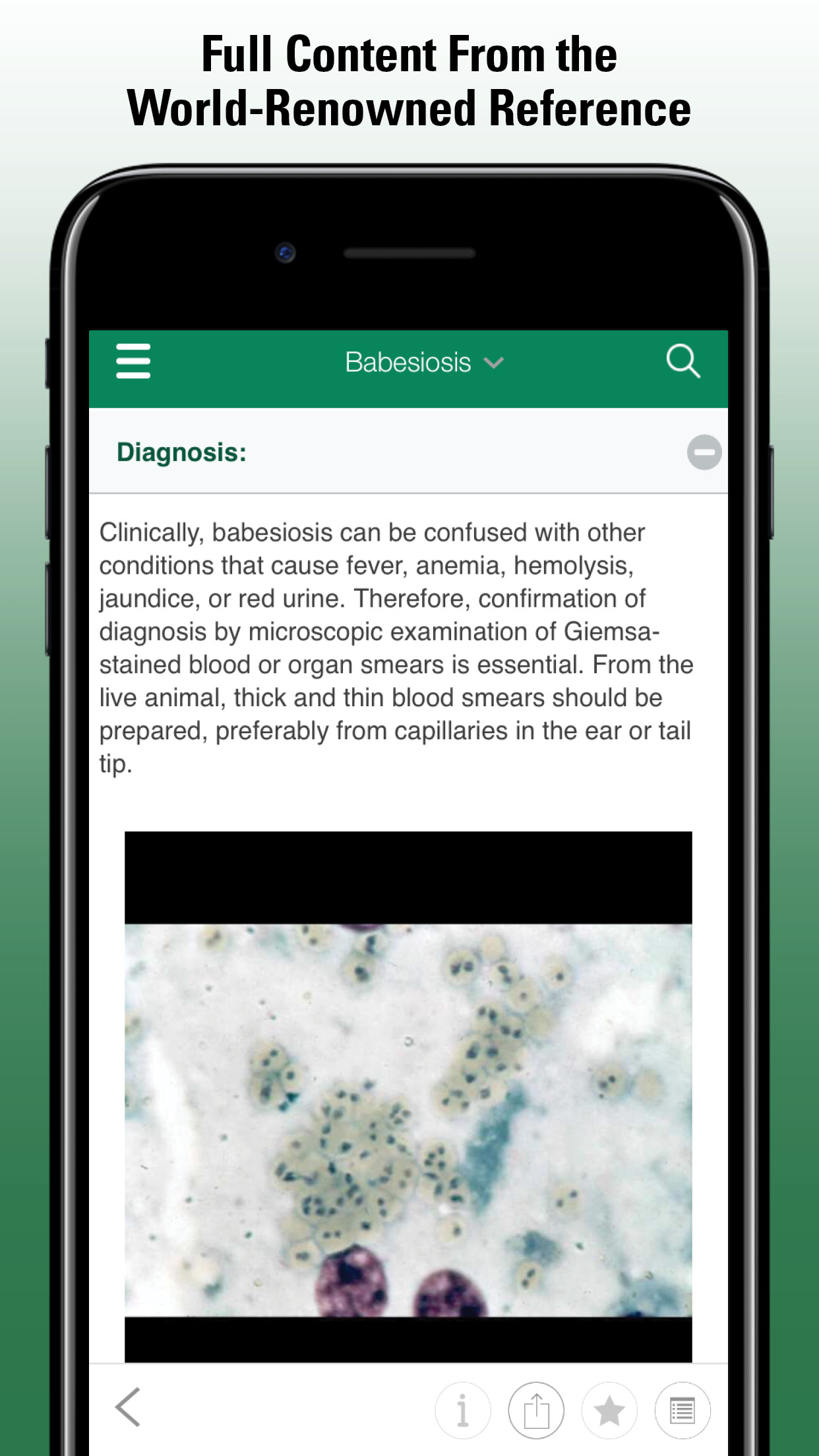Hyalomma spp
- Ticks
- Overview of Ticks
- Important Ixodid Ticks
- Amblyomma spp
- Anomalohimalaya spp
- Bothriocroton spp
- Cosmiomma sp
- Dermacentor spp
- Haemaphysalis spp
- Hyalomma spp
- Ixodes spp
- Margaropus spp
- Nosomma sp
- Rhipicentor spp
- Rhipicephalus spp
- Important Argasid Ticks
- Argas spp
- Carios spp
- Ornithodoros spp
- Otobius spp
- Tick Removal
- Tick Control
Hyalomma ticks are often the most abundant tick parasites of livestock, including camels, in warm, arid, and semiarid, generally harsh lowland and middle altitude biotopes, and those with long dry seasons, from central and southwest Asia to southern Europe and southern Africa. Of the ~30 known Hyalomma spp, at least half are important vectors of infectious agents to livestock and people. The three-host life cycle predominates in this genus, but some species have either a one- or two-host cycle. Some three-host species can develop in one- or two-host cycles, a facultative ability unique to this ixodid genus. Hyalomma spp are mostly moderately large to large ticks with long mouthparts.
In the subgenus Hyalommasta, immatures of the single species, H aegyptium, parasitize tortoises and small wildlife and livestock from Pakistan to both sides of the Mediterranean basin. Adults are specific for tortoises.
The subgenus Hyalommina is found on the Indian subcontinent and in Somalia. Each of the six species has a three-host cycle. Immatures parasitize small mammals, especially rodents. Adult host preferences among livestock reflect the wild gazelle, bovine, caprine, or ovine group with which each species evolved. Two species infest chiefly cattle and the domestic buffalo: H brevipunctata (India and Pakistan) and H kumari (India, Pakistan, Afghanistan, northwestern Iran, and Tadzhikistan). Three usually parasitize sheep and goats: H hussaini (India, Pakistan, Burma), H rhipicephaloides (Dead Sea and Red Sea areas), and H arabica (Yemen and Saudi Arabia). H punt (Somalia and Ethiopia) feeds on antelope, camels, cattle, sheep, and goats.
The subgenus Hyalomma contains ticks of veterinary and public health importance that affect cattle, sheep, goats, horses, camels, dromedaries, dogs, cats, and people. Chief among these is the two-host H anatolicum anatolicum, which ranks high among the world’s most damaging ticks and has been widely distributed by camels, cattle, and horses in steppe and semidesert environments from central Asia to Bangladesh, the Middle and Near East, Arabia, southeastern Europe, and Africa north of the equator. Immatures and adults generally infest the same kinds of hosts. Nymphs and unfed adults spend the dry and winter season in crevices in stone walls, stables, and weedy or fallow fields. When immatures infest smaller mammals, birds, or reptiles, the life cycle type is three-host. In addition to significantly weakening affected animals, causing weight loss, reduced fertility, and decreased milk production, H anatolicum anatolicum transmits Theileria annulata, Babesia equi, B caballi, Anaplasma marginale, Trypanosoma theileri, and at least five arboviruses; it is a significant vector of Crimean-Congo hemorrhagic fever virus to people.
Immatures of the subspecies H anatolicum excavatum (a three-host parasite) infest chiefly burrowing rodents in somewhat different biotopes in the same environments as H anatolicum anatolicum. Adults of both species may infest the same animal. Distribution of H anatolicum excavatum is somewhat more limited than that of H anatolicum anatolicum, but its winter season population densities are often greater. A closely related species, H lusitanicum, replaces H anatolicum anatolicum from central Italy to Portugal, Morocco, and the Canary Islands; it is associated with equine and bovine babesiosis. In addition to livestock, deer and rabbits serve as hosts.
The H marginatum complex consists of four species, each apparently invariably two-host. Adults parasitize livestock and wild herbivores. Immatures primarily parasitize birds. Rodents are rarely, if ever, parasitized. Hares and hedgehogs are secondary hosts. This group includes H marginatum marginatum (Caspian area of Iran and former USSR to Portugal and northwestern Africa), H marginatum rufipes (south of the Sahara to South Africa, also Nile Valley and southern Arabia), H marginatum turanicum (Pakistan, Iran, southern former USSR, Arabia, parts of northeastern Africa—introduced with sheep from Iran to Karoo), and H marginatum isaaci (Sri Lanka to southern Nepal, Pakistan, northern Afghanistan). Ticks belonging to the H marginatum complex are major vectors of the Crimean-Congo hemorrhagic fever virus. They also transmit Rickettsia aeschlimannii and several Babesia, Anaplasma, Theileria, and Trypanosoma spp that infect wildlife, livestock, and people. H truncatum can cause paralysis in livestock, pets, and people.
The H asiaticum complex includes three species with three-host life cycles and inhabits deserts, semideserts, and steppes from southwestern China, Mongolia, and the southern former USSR into the Middle East as far as Iraq. Rodents are the chief hosts of immatures; hares also may be infested. Adults parasitize livestock, particularly camels. The subspecies from east to west, H asiaticum kozlovi, H asiaticum asiaticum, and H asiaticum caucasicum, are of veterinary and medical importance.
Three additional three-host Hyalomma spp that parasitize camels and other livestock are H dromedarii (India to Africa north of the equator), H schulzei (eastern Iran to Arabia and northern Egypt), and H franchinii (Syria to Tunisia). Immatures parasitize rodents and other small mammals, birds, and reptiles; those of H dromedarii also infest livestock. H dromedarii is of veterinary and medical importance; the other two species have been little investigated.
H detritum, an important vector of Theileria annulata, is a three-host species; both adults and immatures parasitize livestock. Its biotopes are humid areas in steppes, deserts, and semideserts from southern China, Mongolia, and Nepal lowlands to southern Europe and northern Africa. H impeltatum ranges from Iran and Arabia to northern Tanzania and Chad. Adults parasitize livestock; immatures feed on rodents and other small mammals, birds, and reptiles.
H scupense, a one-host parasite of cattle and horses in southwestern former USSR and southeastern Europe, is unusual (like Canadian strains of Dermacentor albipictus) in that it overwinters on the host, which often suffers greatly from the long feeding period of numerous larvae (late fall), nymphs (winter), and adults (spring). H scupense is a vector of T annulata and B equi.
In addition to the several species already mentioned, the African savannas harbor five other Hyalomma spp of livestock and wildlife: H (Euhyalomma) glabrum truncatum (southeastern Egypt to southern Africa), H albiparmatum (southern Kenya, northern Tanzania), H erythraeum (eastern Somalia and Ethiopia, Yemen), H impressum (western Sudan, West Africa), and H nitidum (Central African Republic, West Africa). The preferred hosts of its adults are large herbivores such as zebras, gemsbok, and eland. Immatures of these three-host species generally infest small mammals, less often ground-frequenting birds and reptiles. H truncatum glabrum, which causes bovine sweating sickness and lameness and also human and ovine tick paralysis, is a vector of Crimean-Congo hemorrhagic fever virus, Coxiella burnetii (Q fever), and Rickettsia conorii (African tick typhus, Boutonneuse fever).
- Ticks
- Overview of Ticks
- Important Ixodid Ticks
- Amblyomma spp
- Anomalohimalaya spp
- Bothriocroton spp
- Cosmiomma sp
- Dermacentor spp
- Haemaphysalis spp
- Hyalomma spp
- Ixodes spp
- Margaropus spp
- Nosomma sp
- Rhipicentor spp
- Rhipicephalus spp
- Important Argasid Ticks
- Argas spp
- Carios spp
- Ornithodoros spp
- Otobius spp
- Tick Removal
- Tick Control





